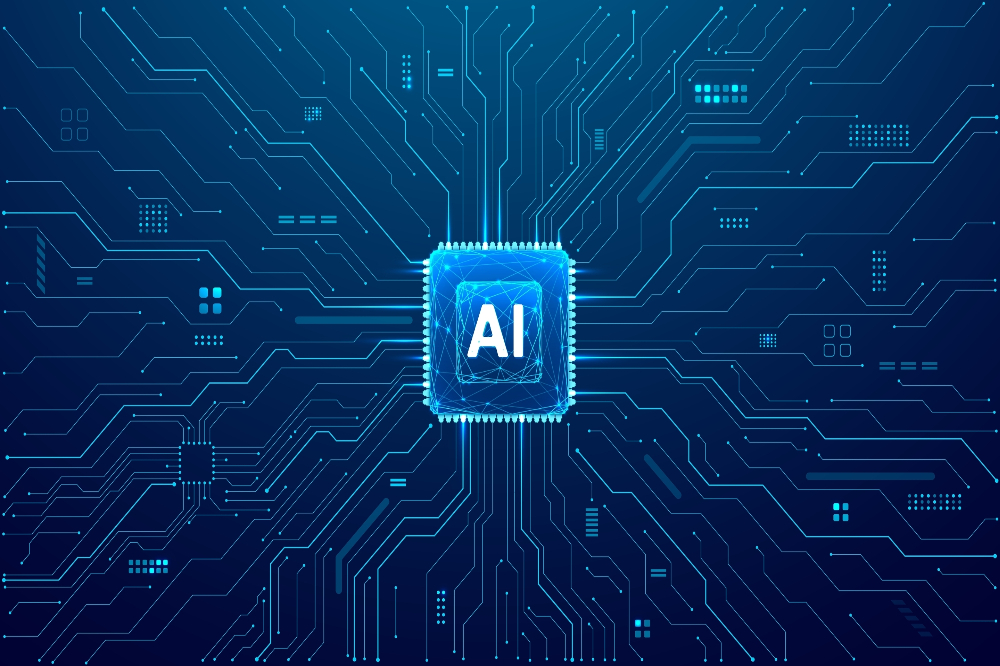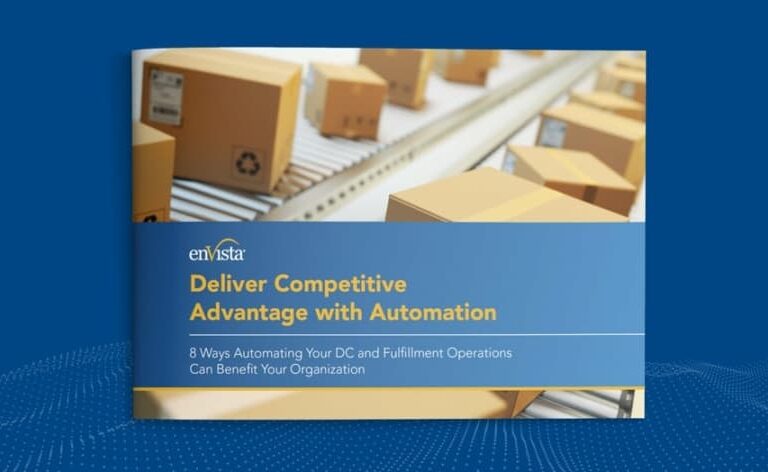By Alex Katsamberis (Manager, Technology), enVista Consulting and Maneesh Sivadasan (Solutions Architect) at enVista
Interact with any retail store today, whether digital or physical, and you’ll feel it: retail has changed. Customers expect instant gratification, personalized experiences and frictionless interactions, all while businesses grapple with razor-thin margins, labor shortages and unpredictable demand. In this climate, artificial intelligence (AI) isn’t just a buzzword; it’s a necessity.
As consultants in enVista’s Retail Consulting practice, we’ve seen firsthand how AI is reshaping everything from store operations and product assortment to pricing decisions and workforce productivity. Retailers who embrace AI are not only surviving; they’re outperforming. But the question we hear most isn’t, “Should we use AI?” – it’s, “How do I actually make AI work for my retail business?”
This blog is the first in a series aimed at answering that question practically, realistically and from the perspective of those who are in the trenches with retail clients every day. Together, we’ll explore how to bring AI into your business without overhauling everything, starting with foundational steps that drive real, measurable outcomes.
Retail’s Pressing Questions and Where AI Fits
AI in retail isn’t just about robots or analytics dashboards. It’s about solving the specific, high-impact problems that retailers face every day:
- How do you maintain competitive pricing on several thousand SKUs without eroding margins?
- Can you predict demand patterns in an age of BOPIS, serial returns and channel fragmentation?
- How can store associates be empowered with the right data to boost productivity and conversion rates?
AI can help solve these challenges, but only when it’s deployed with intention, readiness and a clear strategy.
A Process Manager’s Perspective: Start with Retail Readiness
To put it frankly, most retail supply chains aren’t prepared for AI. Information is in silos, processes require manual stes and change is frightening. This is why the starting point for AI must be process readiness. From a process manager’s perspective, there are three key areas that retailers must always consider for any implementation, large or small:
Change Management
Resentment is guaranteed when new technologies disrupt familiar routines. Success hinges on engaging your teams early, clearly explaining the “why” and building a culture that’s open to innovation. For instance, operations staff may feel threatened by automation tools that track productivity. But when they’re included in planning, trained on new tools and shown how AI reduces repetitive tasks, like updating planograms, they’re more likely to support adoption. Addressing change management and ensuring executive leadership buy-in should always be your first priority.
Data Quality
We’ve all heard the adage, garbage in, garbage out, and AI is no different. AI relies heavily on the accuracy and integrity of your information. If your inventory data includes inconsistent product descriptions, duplicate entries or outdated minimum stock levels, even the most advanced AI models will generate inaccurate forecasts, resulting in poor recommendations.
The foundation for any successful AI deployment is data that is:
- Clean (error-free)
- Consistent (uniform across systems)
- Available (easily accessible in real time).
Process Mapping
Automate after optimization. If your current workflows are inefficient, AI will only replicate those inefficiencies faster. For example, if your order fulfillment process requires five manual handoffs to get inventory into your stores, adding AI won’t solve the underlying delays. Instead, streamline steps first, perhaps by integrating order and inventory systems.
A Solutions Architect’s Perspective: Unlocking Retail Value with “Bolt-On” AI
Retailers don’t need to tear down their tech stack to start leveraging AI. In fact, one of the most practical paths forward is through “bolt-on” AI solutions — modular tools that integrate directly with your existing POS, ERP, WMS or OMS systems. These lightweight, retail-focused add-ons deliver fast, measurable results without disrupting daily operations or derailing your technology roadmap.
Some of the biggest benefits of bolt-on AI solutions include:
Affordability: High Impact; Low Price Tag
With the level of margin sensitivity retailers are currently facing, cost-effective innovation is key. Bolt-on AI solutions offer a smart, strategic way to unlock the value of AI without undergoing a full system replacement.
Instead of replacing your merchandising platform or inventory management system, you can enhance them with AI modules that deliver immediate results. For example, many of our retail clients are using AI-powered demand forecasting tools to improve store and SKU level precision, reducing stockouts, excess inventory and lost sales. These modules plug into your existing replenishment workflows and start driving better business outcomes quickly, with minimal investment.
Fast Time to Value: From Deployment to Impact in Weeks
Traditional IT upgrades in retail, especially across multiple store formats or regions, can take years. In contrast, many bolt-on AI solutions can be deployed in just eight to 12 weeks, with measurable ROI often realized in the same quarter. For example, when AI-driven labor optimization tools are integrated with your workforce management system, they can quickly align staffing schedules with foot traffic, sales patterns and promotional calendars, improving both cost efficiency and customer service. Retailers implementing these tools have seen faster checkout times, better employee productivity and higher in-store satisfaction within weeks.
Minimal Disruption: No Need to Hit Pause on Operations
One of the biggest strengths of bolt-on AI is that it doesn’t require you to pause or redesign core retail processes. These solutions are built to run alongside your existing tech stack, enabling innovation without interruption.
A great example is dynamic pricing engines that integrate with your current pricing platform or ERP. These AI modules adjust prices in real time based on demand shifts, competitor moves or localized events, all without touching your legacy systems.
Retail + AI: This Is Just the Beginning
This isn’t about chasing the next big thing; it’s about using AI to solve the problems you already have. Whether you’re a specialty retailer trying to optimize staff schedules or a grocer managing stockouts across regions, AI can help you move faster, respond smarter and serve customers better.
But it starts with building the right foundation.
In our upcoming series, we will explore the most impactful use cases and pressing challenges facing the retail enterprise and how enVista has successfully addressed them, including:
- AI Trends in Retail: Where market leaders are investing, and what’s working
- Turning Data into Action: Integrating AI into decision-making at all levels
Let’s Grow Together
AI isn’t magic, but with the right mix of process alignment, data integrity and smart technology choices, it’s the most powerful tool retail has today.
Want to know if your retail business is AI-ready? Let’s start that conversation. Together, we’ll make your operations smarter, your stores more efficient and your customers more loyal.





